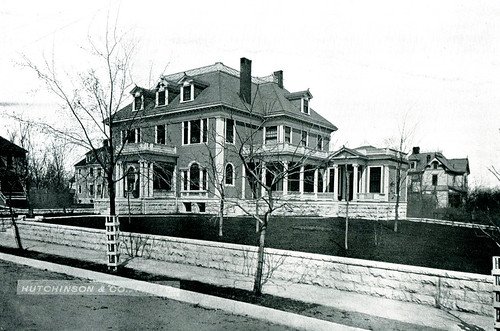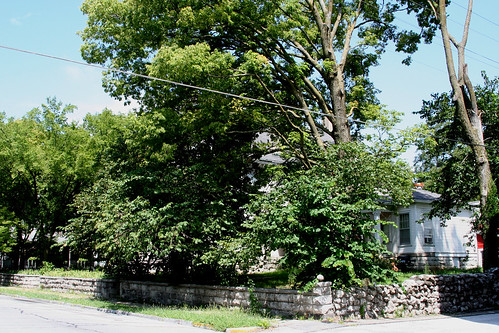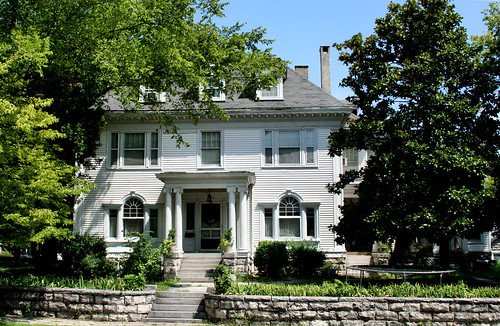In 1911, G.B. Fout published the Missouri State Automobile Directory and Guide. Compiled from information provided by the Missouri Secretary of State’s office, the guide listed the names of automobile owners, their state license numbers, and the make of their car. Published at the dawn of the age of the automobile, its pages list a wide variety of automobile brands, many of whom vanished decades ago. Unfortunately, the actual model of the automobile was not listed. A snapshot in time, this provides a glimpse of the early autos of Joplin and those who were fortunate enough to own one.
Here is a small sampling of some of Joplin’s automobile owners:
Local capitalist A.H. Rogers owned both a Stevens Duryea and a Packard. Charles Schifferdecker, who also owned two cars, preferred a Pope Waverly and a Rambler. Freeman Foundry owner J.W. Freeman drove an REO while architect A.C. Michaelis had a Reliable Dayton. Baker Albert Junge and “Father of Missouri’s Good Roads” John M. Malang, men after our own hearts, cruised the streets in a Cadillac. Junge also owned a creatively named Hupmobile. Dr. Samuel A. Grantham relied on a Buick and a Pennsylvania for his transportation needs. Edmund A. Bliedung, manager at Christman’s Department Store, was the only Joplin resident to drive a Babcock Electric Car. Former Joplin Globe owner Gilbert Barbee chose the short lived Speedwell. Mrs. Effie L. Snapp, the only woman listed, was the proud owner of a Chelsea.
Three Joplin residents owned cars made in St. Louis, Missouri. S.L. Wilkins was the only individual in Joplin who owned a Moon motor car. Founded in 1905, the company went out of business during the Great Depression. E.A.C. Elliott was the only Joplin resident who drove a St. Louis which was, as the name indicates, also manufactured in St. Louis, Missouri. Established in 1898, St. Louis Motor Carriage Company was defunct by 1907. Very few examples of this car still exist, but one can be found in the collection of the Museum of Transportation in St. Louis, Missouri. J.J. Anderson putted around in a Dorris
Local businesses were also listed. Both the Thomas Fruit Company and Interstate Grocery Company owned a Rapid, the Empire District Electric Company used an Empire, and the H&H Taxicab Company picked up customers in a short-lived EMF. The United Mining Company, Du Pont Powder Company, United Iron Works Company, Empire Zinc Company, Excelsior Zinc and Lead Company, and Howard & Brown all used Buicks. The Joplin Hay Company used an Overland to deliver orders to customers. The Independent Candy Company owned two Internationals. The Joplin Sludging Company drove an Oakland.
Unfortunately, it does not appear that G.B. Fout published subsequent editions of his directory, leaving us to wonder what automobiles succeeded their earlier counterparts on the rough streets of Joplin.




